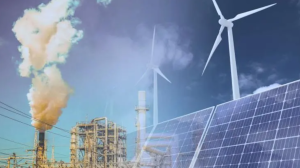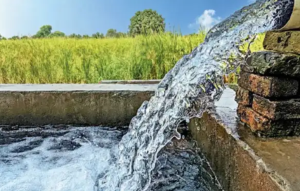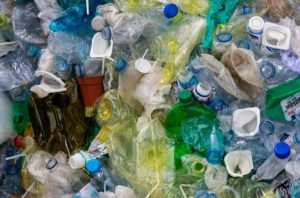
New Plastic Dissolves In The Ocean Overnight, Leaving No Microplastics
A new type of plastic that dissolves in ocean water overnight without leaving microplastics? Sounds bizarre, but is now a reality. Developed by researchers in Japan, this innovative material is designed to break down quickly and safely in marine environments, addressing the growing problem of plastic pollution. Unlike conventional plastics, which can persist for centuries, this new material decomposes within hours when exposed to seawater, leaving no harmful residues. Potential applications include single-use items like packaging and fishing gear, which are major contributors to ocean pollution. The breakthrough could significantly reduce the environmental impact of plastics, offering a sustainable alternative to conventional plastics, especially for items at risk of ending up in marine ecosystems.






